Winter photography is a popular subject, but it’s hard to master. Here are a few tips and inspiration from experts that will help you expand your photographic portfolio.
Wintery cold places offer myriad opportunities for photography, from shooting beautiful snow covered landscapes to chasing the northern lights. If the light is right, you can get some truly fantastic winter photography shots. However, cold winter weather also offers unique challenges to photographers – and I’m not just talking about cold fingers!
Doing any outdoor photo shoots this winter? 500px co-founder and CPO Evgeny Tchebotarev, also a photographer himself, shares his expert tips and tricks to improve your winter photography! Scroll down, bundle up, and take notes!
1. Increase exposure compensation
When you are shooting during sunny and bright winter conditions, or trying to capture the pure whiteness of the fresh snow, adjust your exposure compensation by +0.3 or +0.7. Cameras don’t know that you are shooting snow (also, technically your camera doesn’t see color as well), so you have to tell the camera that you are shooting something bright and adjust your exposure. Otherwise, your snow will end up looking gray instead of white.
2. Keep batteries warm
Batteries lose their power when exposed to low temperatures. You may be used to getting a few hundred shots in one charge, but in cold temperatures, the number of shots you take in one charge can drop considerably—less 50-70% than you are used to. You can easily cheat the cold by keeping your spare batteries warm. Just keep the extra batteries in your inner pocket, and close to your body heat.
3. Don’t let your camera fog up
Shooting something in freezing temperatures is a challenge. When you are ready to warm up in any nearby indoor spot, be mindful of your camera. If you simply rush indoors with your camera, your lens will fog up immediately with all the built-up moisture. This will result in painful minutes of you waiting for the lens to defog (and possibly missing out on getting a great shot). To avoid this, place your camera in a photo bag with lens cover before you enter into any warm place.
4. Consider photo-friendly gloves
If you are shooting outside, you will most likely end up shooting in gloves. If you are like me and use regular gloves, you can find yourself frustrated by not being able to use all the dials and buttons because of the thickness of gloves. Most photo stores sell special photo gloves with thin thermal fabric around the fingertips, so that you can fully control your camera. These gloves also have a special fabric on the palms for a secure grip. Visit your local camera store, and give these gloves a try. They could save you from lots of hassle and frost bite.
5. Beware of the red noses
I enjoy shooting portraits during winter time, because cute hats and mittens really help make the shot. Having your model in the cold will most likely result in red cheeks (which is great) and a red nose (not so great). If your model ends up with a red nose in every single shot, don’t panic. Simply adjust the saturation in Adobe Lightroom. Move the Red Saturation slider slightly to the left (at about -10 or -15), and the Orange Saturation slightly left too (at -5 or -10). Decreasing the red and orange saturations will help to mute down the red noses. Try it out!
6. Capturing the snowfall
One of the most majestic things to photograph is snowfall. To get the best shot, consider getting a telephoto lens—anything with a focal length of 70mm and up. For best conditions, you should use a 200mm lens and up, and shoot at shallow aperture (consider f/4.5-6.3). Make sure to set up the fastest shutter speed that you can (1/400 of a second or faster). What you will want to capture with such a depth of field is an effect where the snowflakes right in front of the lens and behind the focus point would appear to be larger. Having snowflakes large and slightly blurred in front and behind your subject will create that magical feel.
7. Sunrise and sunset are the best times to photograph landscapes
During winter time, the sunrise and sunset can be a lot more dramatic than usual, especially right before or after snowstorms. They are likely much easier to photograph. Why? Because during winter, the sun rises later in the day and sets much earlier, allowing landscape photographers to take a break and sleep in. (In the summer, photographers have to be up and ready on location as early as 4 a.m.!) During winter time, the sun rises as late as 7-8 a.m.
8. Keep your gear dry with a snow cover
If you are out a lot during snow storms, invest in a good snow or rain cover. It will keep your camera and lenses dry during the photo shoots, minimizing the chance of liquid residue getting close to the electronic brains of your camera. You can get a snow cover for as low as $6, but quality covers will set you back $60-100. Still, it’s a great investment, and costs a fraction of a camera repair price.
9. Drying your camera
If your camera ever gets wet, bring it indoors, then wrap a dry towel around it. Let it sit for several hours. If you try to wipe the snow or water off, you may risk pushing it inside the seams where the electronic components are, which can pretty much kill your camera. Just let your camera sit in a towel for a bit, and let the towel absorb all the moisture.
And don’t try this at home:
10. Keep yourself warm
Last, but not least, keep yourself warm. Shooting outside can be challenging, and it’s important to be prepared to face the wind and the cold. It’s never a bad idea to overdress. In the worst case scenario, you can unzip your winter coat. Wear gore-tex boots, warm gloves, a hat, and get ready to have a fun day shooting outside!
We hope you’ll pass on and share these helpful winter photography tips to your fellow photographers! If you enjoyed these 10 winter photos tips, please check out our other cool winter photography tips right here on 500px ISO:
Tips For Photographing Ice, From Icebergs To Landscapes
How To Shoot Magical Portraits Under The Northern Lights
11 Essential Tips For Photographing Antarctica
You Might Also Like These Articles:
- The Top 20 Nature Photos On 500px So Far This Year
- 35 Mobile Photography Tips For Taking Better Smartphone Shots
- Best of 2015: Top 10 Nature Photos
- Tutorial: How To Create A Spring Still Life With Soil And Plants

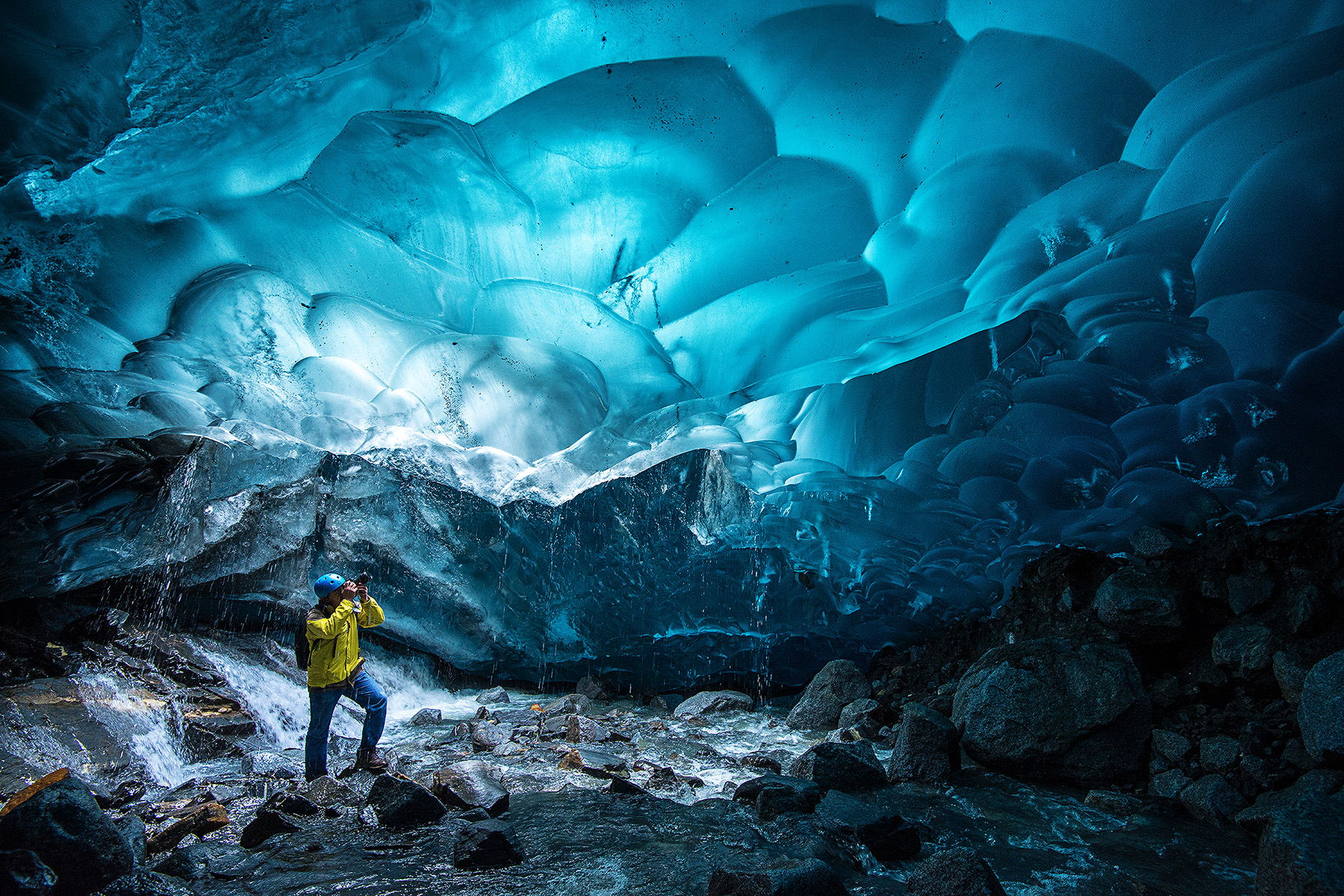
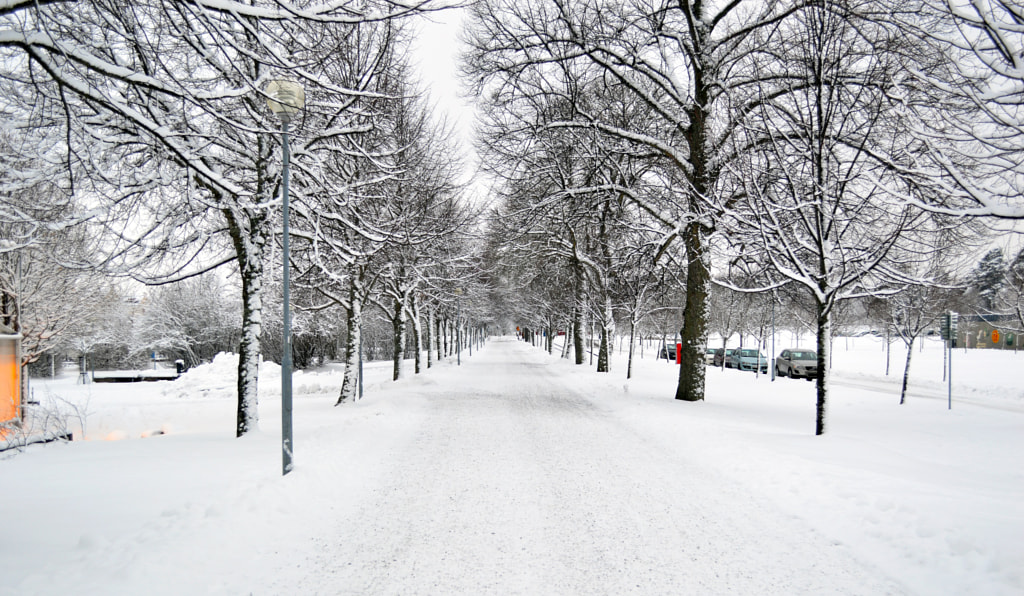




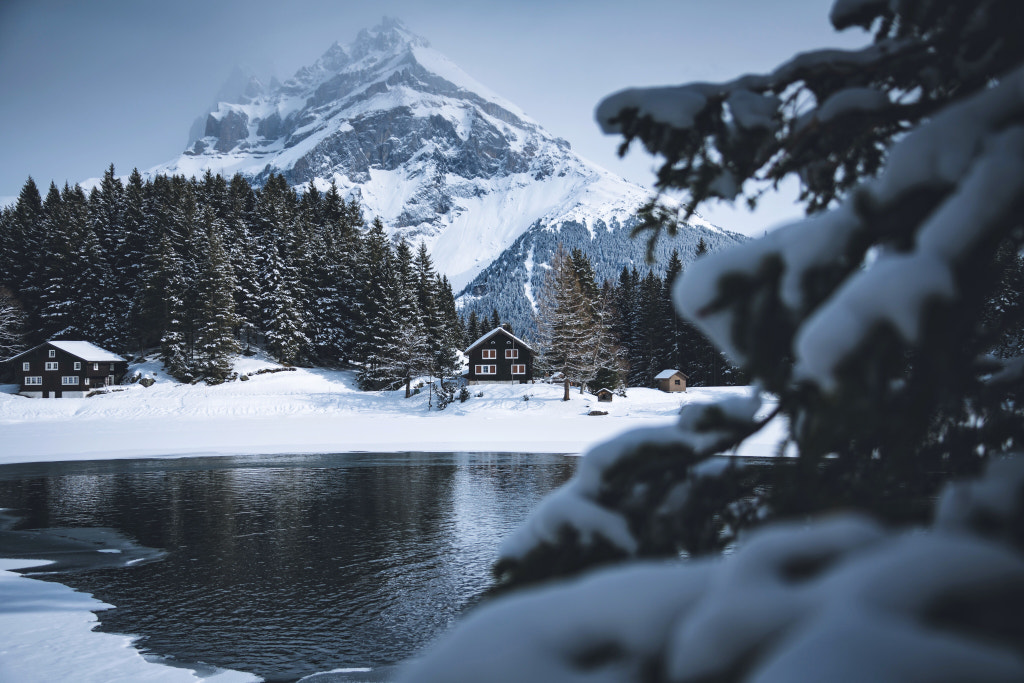







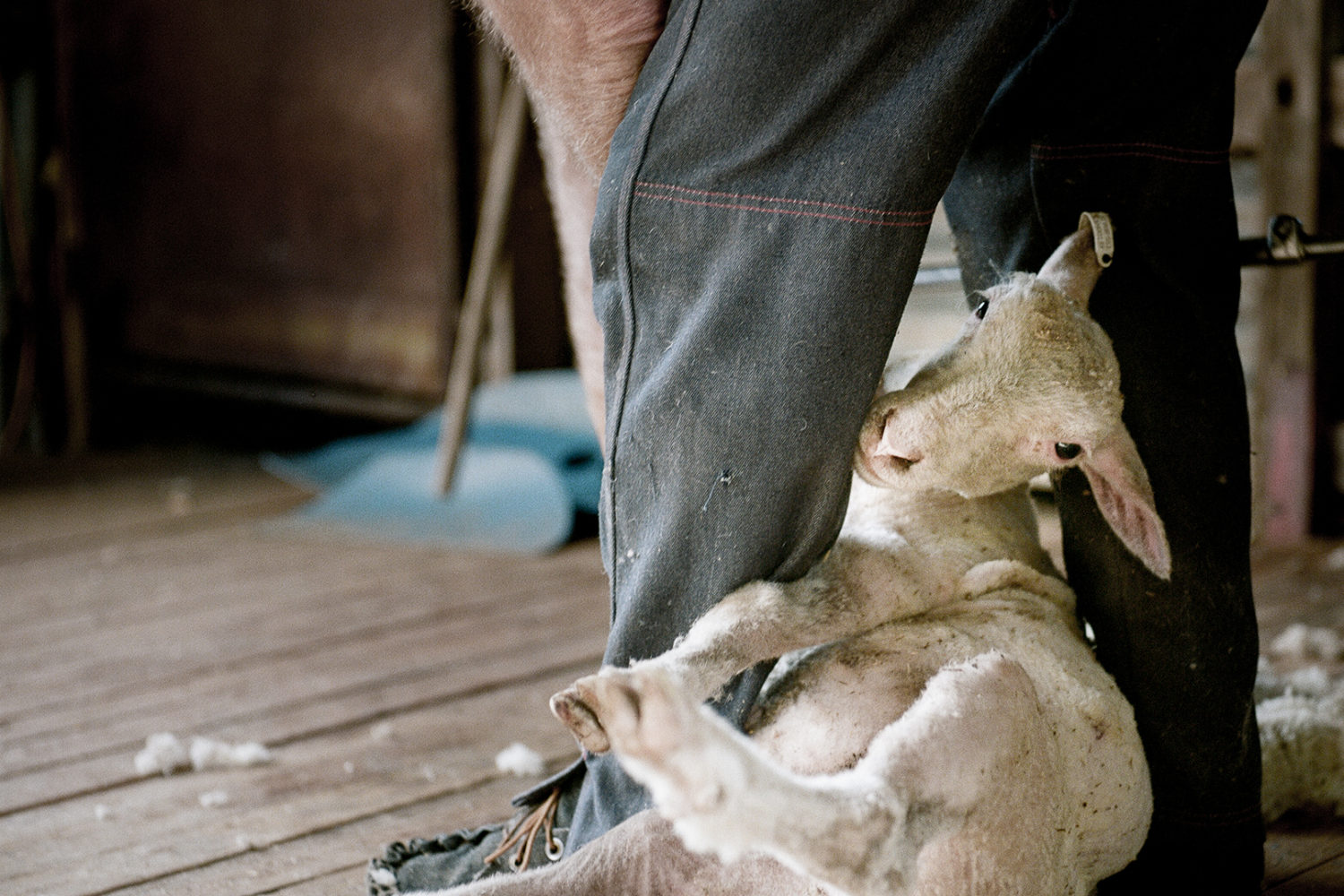
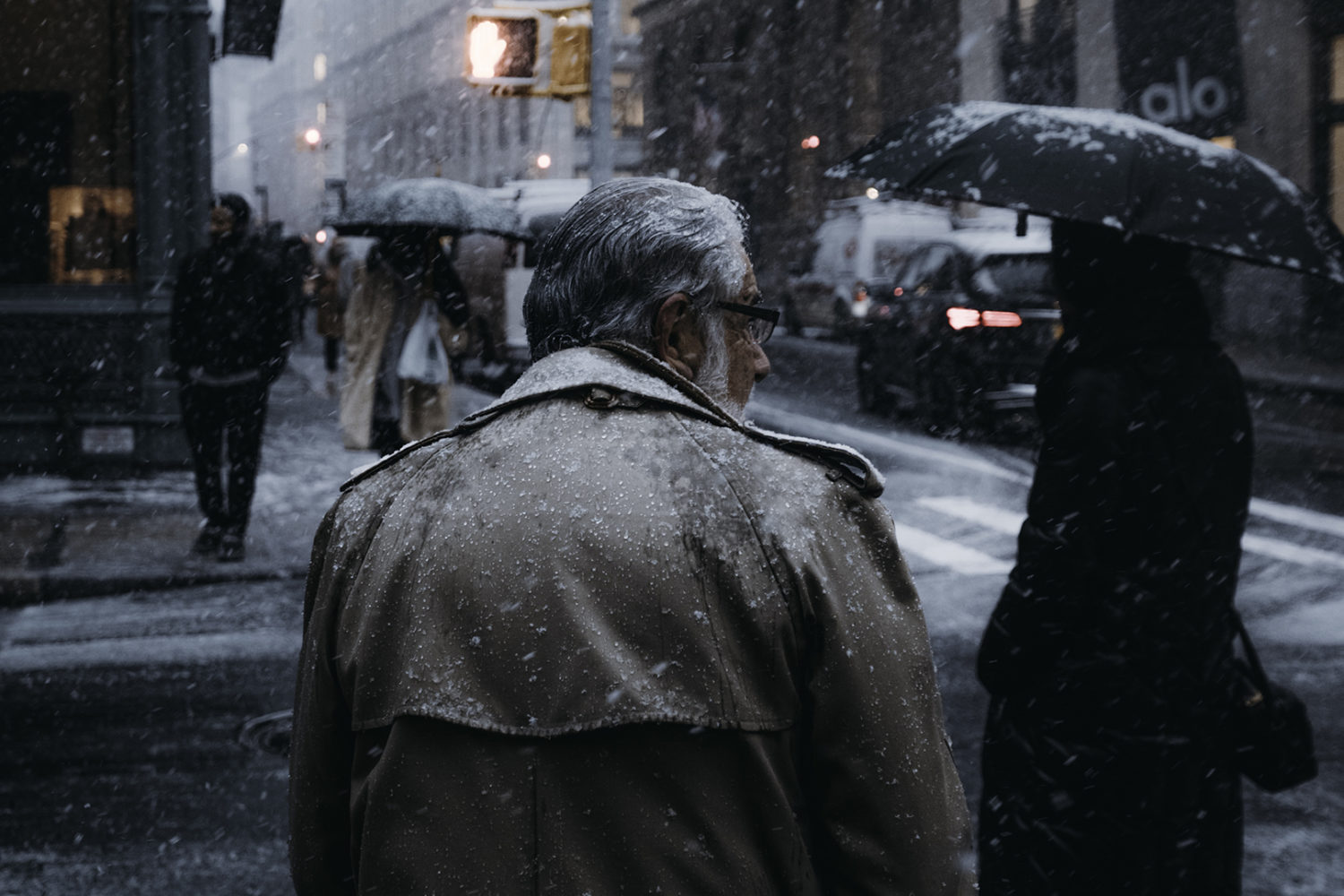


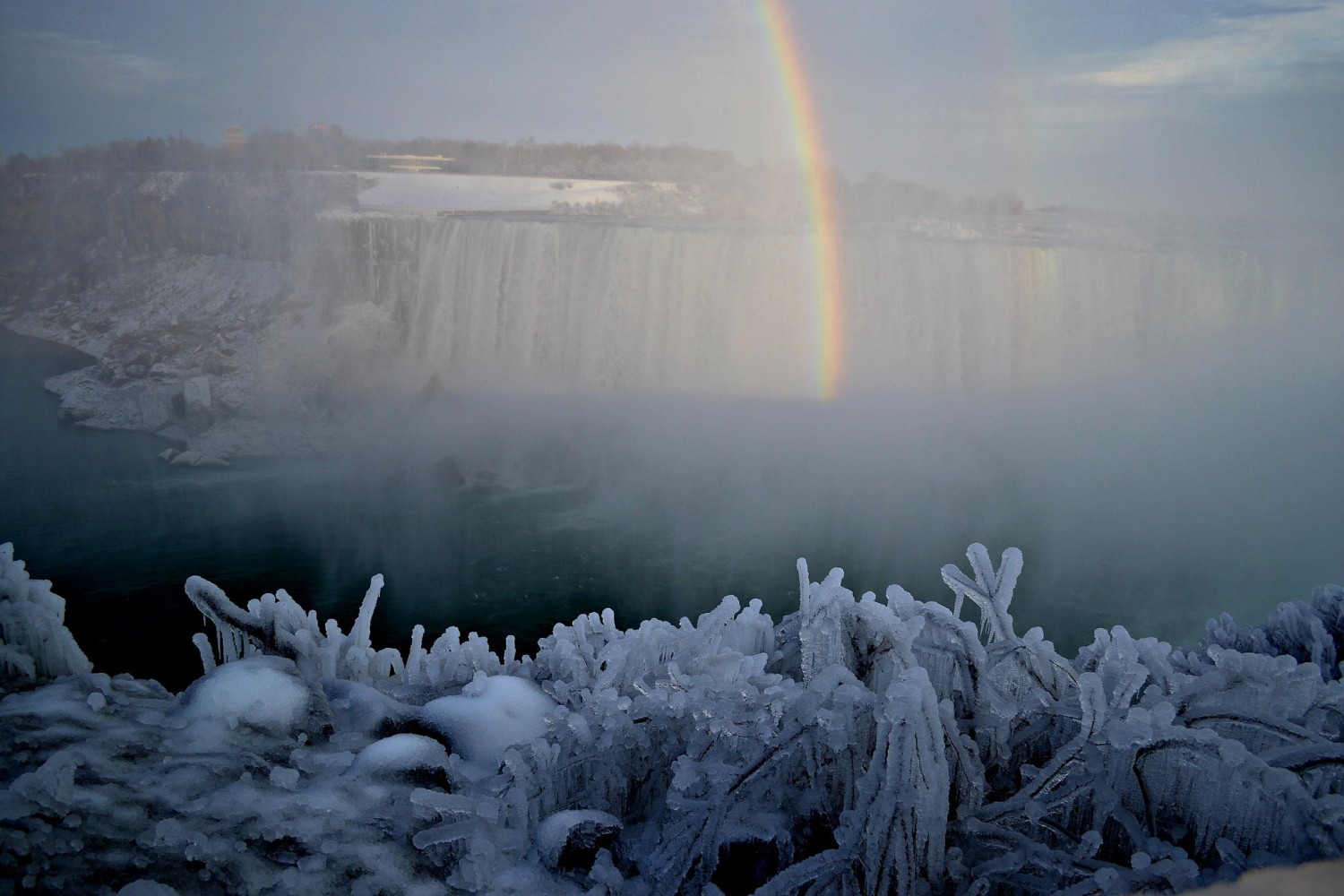
Leave a reply